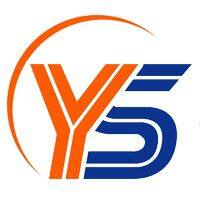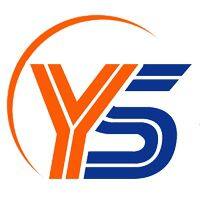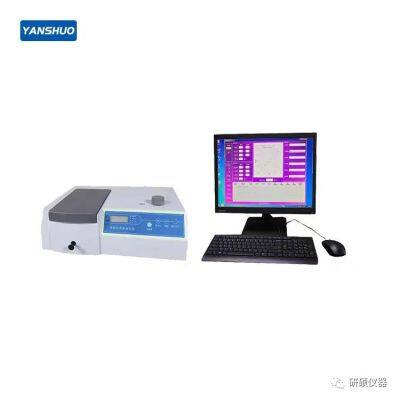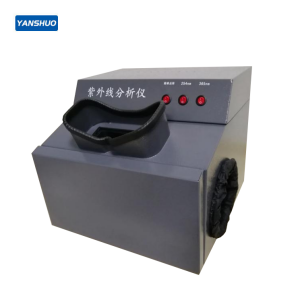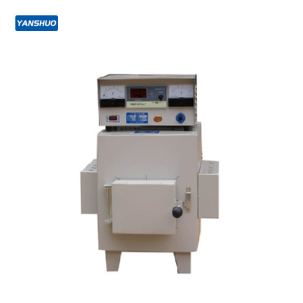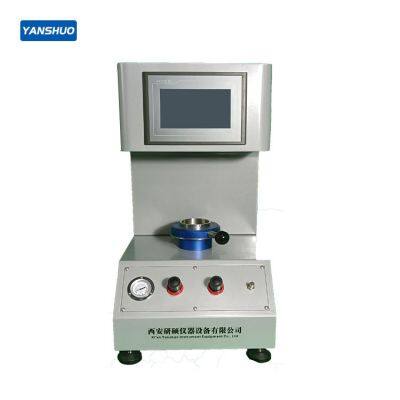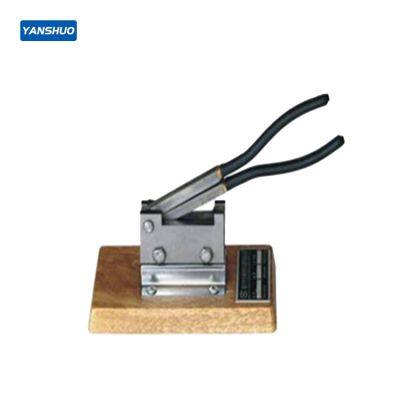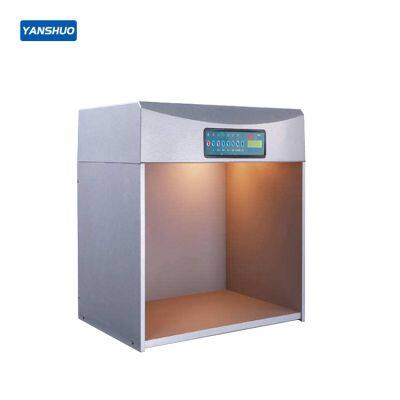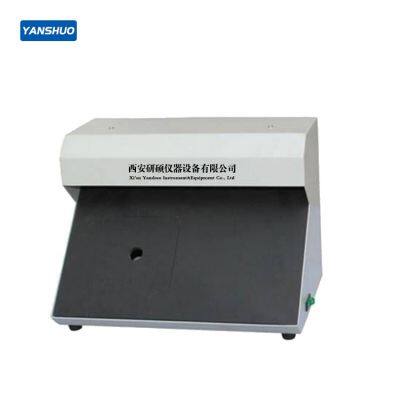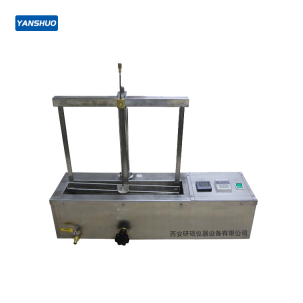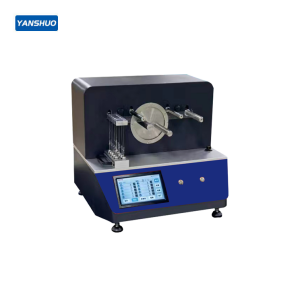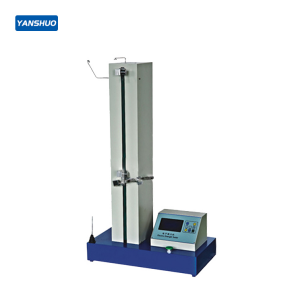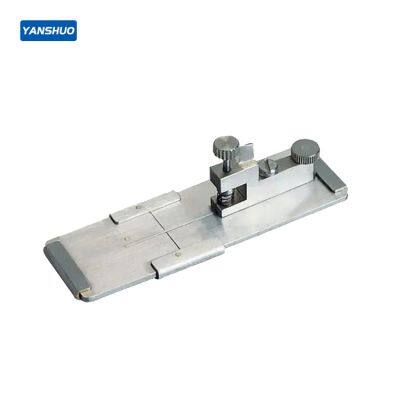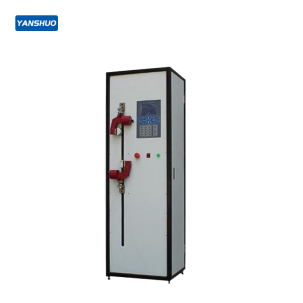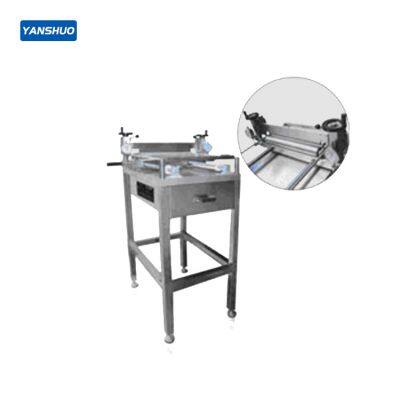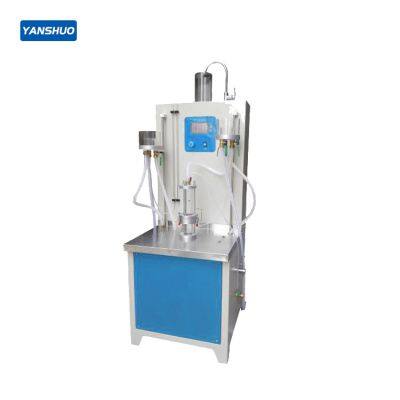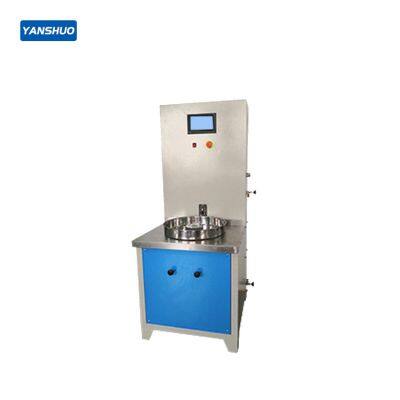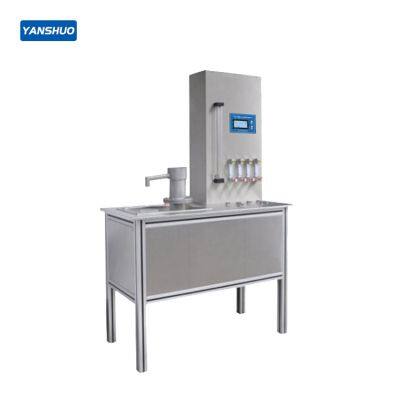"Exceeding Formaldehyde Levels Equals Brand Suicide! The Five Critical Thresholds in Fabric Chemical
Thresholds in Fabric Chemical Control"
Introduction: A Real Case That Triggered an Industry Earthquake
In 2023, a well-known fast-fashion brand encountered a situation where the formaldehyde content of a batch of children's T-shirts was 2.5 times higher than the permissible limit (187 mg/kg, whereas the national standard limit is ≤75 mg/kg). As a result, thousands of children experienced skin allergies. Following the revelation of this incident, the brand's stock price plummeted by 12% in a single trading day, and the hashtag #ToxicChildren'sClothes# garnered over 100 million views on social media. In the end, the brand was forced to recall 230,000 units of its inventory worldwide, resulting in direct losses exceeding 50 million yuan. This is far from an isolated case: according to EU RAPEX data, 68% of recalled Chinese textiles in the past three years were linked to chemical substance exceedances. Chemical control has thus been elevated from a mere "compliance option" to a "line of survival" for brands. This article will delve into the five critical lines of defense to help you avoid "chemical suicide."
1.The second red line: the "chemical minefield" of supply chains
Ninety percent of chemical exceedance issues stem from supply chain failures. An export company faced EU customs destruction of an entire batch of knitted garments due to failing to verify the APEO (alkylphenol polyoxyethylene ether) content in dyes. Three mandatory measures must be implemented: 1) Traceability of dye MSDS (Material Safety Data Sheets): Require suppliers to provide complete ingredient lists for each dye batch, with focused screening of 218 substances on REACH's SVHC (Substances of Very High Concern) list. 2) Blacklisted supplier exclusion: Establish a "one-vote veto" system for chemicals, directly removing suppliers using formaldehyde-containing resins or azo dyes. 3) Blockchain traceability system: Generate digital IDs for each fabric roll, allowing scanning to access full-chain inspection reports from spinning oils to finishing auxiliaries.
2.The second red line: the "chemical minefield" of supply chains
Ninety percent of chemical exceedance issues stem from supply chain failures. An export company faced EU customs destruction of an entire batch of knitted garments due to failing to verify the APEO (alkylphenol polyoxyethylene ether) content in dyes. Three mandatory measures must be implemented: 1) Traceability of dye MSDS (Material Safety Data Sheets): Require suppliers to provide complete ingredient lists for each dye batch, with focused screening of 218 substances on REACH's SVHC (Substances of Very High Concern) list. 2) Blacklisted supplier exclusion: Establish a "one-vote veto" system for chemicals, directly removing suppliers using formaldehyde-containing resins or azo dyes. 3) Blockchain traceability system: Generate digital IDs for each fabric roll, allowing scanning to access full-chain inspection reports from spinning oil agents to finishing auxiliaries.
3.The third red line: the "dimensional reduction strike" of detection methods
Traditional methods like visual inspection and pH test strips pale in comparison to modern chemical detection technologies. A three-tiered detection system must be established: Initial Screening Layer: X-ray fluorescence spectrometer (XRF) for 5-minute rapid screening of heavy metals (1ppm detection limit), costing approximately 200 yuan per sample. Precision Layer: Gas chromatography-mass spectrometry (GC-MS) for formaldehyde/azo dyes (0.1mg/kg accuracy), requiring 2 hours and 800 yuan. Verification Layer: Liquid chromatography-tandem mass spectrometry (LC-MS/MS) for PFAS/phthalates (0.01μg/m² accuracy), costing 1500 yuan per sample. A high-end women's clothing brand reduced chemical exceedance risks by 92% through its "XRF production line inspection + GC-MS monthly submission" combination.
4.The fourth line of death: the "bulletproof" of the certification system
The OEKO-TEX® STANDARD 100 certification serves as the baseline requirement (testing over 300 hazardous substances), but its true competitive edge lies in three key certifications: GOTS Organic Certification – requiring over 95% organic materials with no synthetic pesticides or genetically modified components; bluesign® Certification – controlling chemical inputs at source, with only 23% of additives globally passing its audit; and CPSIA Compliance (U.S. market) – mandatory testing for lead and phthalates, with violators facing product seizures. A children's brand achieved a 35% increase in average order value and secured a position in Whole Foods supermarkets by obtaining dual certifications of "OEKO-TEX® + GOTS".
5.The fifth line of death: the "chemical siege" at the production site
The final line of defense often collapses due to production oversight: 1. Hazard labeling: Workshop walls display the REACH/GB 18401 banned substance list with red, yellow, and green color-coded risk levels. 2. Alternative solutions: Fluorine-free C6 waterproof agents replace PFAS, while water-based polyurethane inks substitute PVC printing. 3. Personnel training: Monthly chemical safety assessments require workers to correct hazardous substance errors, with violators being reassigned. —— Critical details like this proved fatal when a home textile factory's worker mistakenly used formaldehyde-containing fixatives, resulting in 100,000 towels being removed from Amazon shelves.
6.Final warning: Chemical warfare will escalate in 2025
The EU is about to implement a comprehensive ban on PFAS (covering textile waterproof coatings) and add new microplastic leaching limits (no more than 0.1g per garment washed). Companies that plan ahead for bio-based finishing agents (such as chitosan antibacterial) and nanofiber technology will win the next decade.
Recently Posted
-
Why do disposable diapers need to be tested with professional testing instruments?
August 23, 2025I. Limitations of subjective assessment1.1 Uncontrollable factors in manual testingTraditional manual testing methods have many limitations:Inconsistent testing conditions: The temperature, volume, and pouring speed of the liquid are difficult to standardize in each test.Subjective result judgment: Different personnel have different judgment criteria.Difficult to quantify data: It is impossible to provide precise numerical evRead More -
Domestic vs. Imported Electronic Tensile Testing Machines: Performance Comparison and Cost-Effective
August 22, 20251. Brand Comparison: Technological Heritage and Market LandscapeImported Brands: Examples include Instron, MTS, and Zwick/Roell, which have long dominated the high-end market with a rich history and deep technological heritage. Their products are known for high precision and stability, particularly excelling in fields such as aerospace and cutting-edge scientific research. However, prices are generally high, often two times oRead More -
From Beginner to Expert: Daily Calibration and Error Compensation Techniques for Electronic Universa
August 21, 2025I. Why is Calibration So Important? The Chain Reaction of Errors:A 0.5% force value error can lead to a >20% deviation in fatigue life prediction (ASTM E739 data).Case Study: A spring factory failed to calibrate promptly, resulting in a batch of products exceeding stiffness standards and incurring losses of ¥800,000.Mandatory Standards:ISO 7500-1 stipulates: Class 1 equipment requiresRead More -
Electronic Tensile Tester Selection Guide: 5 Easily Overlooked Key Parameters
August 20, 2025I. Range Selection: Bigger Isn't Always BetterGolden Ratio Principle:Routine test forces should fall within 10%-90% of the range (ASTM E4 requirement)Case: A testing lab purchased a 100kN machine for 5N wire tests, resulting in ±8% error (3x over-limit)Multi-Range Solutions:Test TypeRecommended RangeAccuracy RangeTextile fibers0.5-500N±0.5%Automotive wires1-10kN±0.8%Metal materials10-300kN±1.0%Smart Sensor Tech:Zwick RoelRead More

